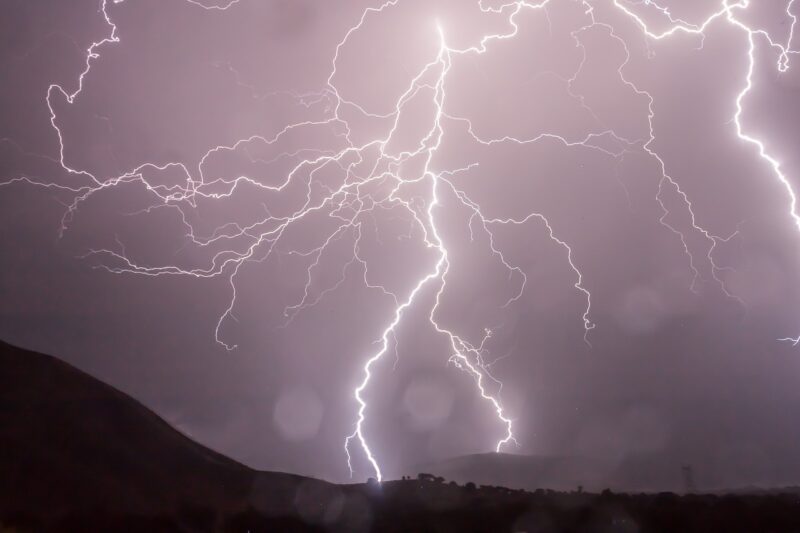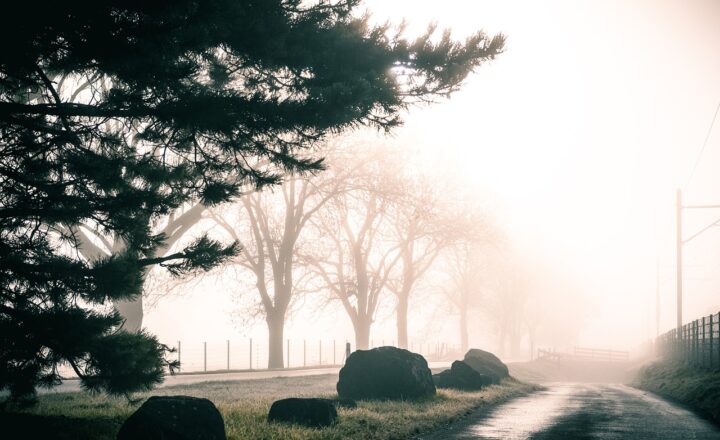The Strangest Weather Phenomena You Didn’t Know Could Happen on Earth
November 12, 2024

Weather is a fascinating, ever-changing phenomenon that influences our lives in myriad ways. While most of us are familiar with common weather events such as rain, snow, and sunshine, there are bizarre weather phenomena that are not only intriguing but often downright shocking. From fish falling from the sky to balls of lightning, here are some of the strangest weather phenomena you didn’t know could happen on Earth.
1. Rain of Fish: The Unbelievable Phenomenon
One of the most astonishing meteorological events is raining fish. This bewildering occurrence can happen during waterspouts or strong winds that sweep over bodies of water. Fish can be sucked into the vortex and deposited miles away when the storm weakens.
The small town of Yoro in Honduras is famous for its annual “Lluvia de Peces” or Rain of Fish. Residents eagerly anticipate this event, which is believed to be associated with the arrival of the rainy season. Some scientists propose that the fish are carried from bodies of freshwater into the heavens, only to fall down again during a storm.
2. Blood Rain: The Color of Drought
Blood rain, a term that sounds like a horror movie, refers to rain that appears red. This unusual phenomenon typically occurs in arid regions like the Mediterranean and is caused by sand or dust particles being lifted into the atmosphere.
When rain falls through these particles, it can take on a reddish hue, leading to the rain’s ominous name. In 2001, southern parts of India experienced blood rain, leading to a mix of disbelief and fear among the locals, as some initially thought it was a supernatural occurrence.
3. Ball Lightning: Nature’s Floating Globes
Ball lightning is an exceptionally mysterious weather phenomenon that has puzzled scientists for centuries. This rare occurrence often takes the shape of glowing spheres that float through the air during thunderstorms.
Witnesses describe these electrical orbs as ranging from the size of a golf ball to that of a basketball, and their colors can vary from yellow to white or even red. While the exact cause remains unclear, some theories suggest links to end-of-life stages of lightning. Despite extensive research, ball lightning continues to be one of nature’s great enigmas.
4. Rain of Animals: A Global Phenomenon
In addition to fish, other animals have been reported to rain down from the sky. Instances of frogs or even birds coming down with rain can be attributed to strong winds or waterspouts similar to the fish phenomenon.
For example, in 1903, residents in Florence, Italy, witnessed a deluge of frogs during a thunderstorm. Frog rain has been recorded in numerous locations throughout history, with scientists surmising that animal rain occurs when animals are swept up and carried over land until they are deposited by rainstorms.
5. The Colder the Wind, the Faster the Snow: Snow Rollers
Snow rollers are essentially snowballs that roll down hills, picking up more snow as they travel. However, they’re not just any kind of snowballs. Snow rollers form under specific weather conditions when there’s a light coating of snow on the ground, combined with high winds that can push these snowballs along.
These fascinating formations can reach impressive sizes of up to 2 feet (60cm) in diameter. Snow rollers are a rare sight and often leave onlookers astonished at how such natural objects can form.
6. Firenado: A Flammable Whirlwind
A firenado, also referred to as a fire whirl, is a whirlwind that forms in extreme heat conditions and contains flames and debris. These blazing whirls can arise from forest fires or during controlled burns when hot air rises rapidly.
A notable event occurred during a 2018 fire in California, where a firenado was caught on camera spiraling amidst flames. The phenomenon is dangerous and can spread fire at alarming rates, making them a serious hazard during wildfires.
7. The St. Elmo’s Fire: A Mysterious Glow
Different from the classic horror film, St. Elmo’s Fire is a weather phenomenon that occurs when a strong electrical field causes a visible glow at the tips of pointed objects during thunderstorms. Sailors often noted this phenomenon when they saw eerie lights illuminating ship masts during storms.
The glow is a form of continuous electrical discharge from the surface of the object, indicating that the electrical charge is high in the area. Rather than a fire, it’s a plasma phenomenon that can induce awe and fascination, especially for those on boats at sea.
8. Supercells: Nature’s Weather Machines
Supercells are among the most dangerous types of storms in nature. Characterized by a rotating updraft, they can produce severe weather events, including tornadoes and large hail. These storms are unique and different from others due to their long-lasting organization.
Commonly occurring in the Great Plains of the U.S., supercells can last for hours, causing mass destruction in their wake. The study of supercells is crucial for meteorologists to predict severe weather events and ensure safety measures are in place.
9. The Occurrence of Hailstones: Nature’s Frozen Gems
Hailstones form during thunderstorms when supercooled water droplets freeze onto falling ice particles. Depending on the intensity of the storm, hailstones can vary greatly in size. Some hailstones can be as small as peas while others can reach the size of golf balls, inflicting severe damage on anything in their path.
Hail can cause injuries, damage to vehicles, roofs, and crops, leaving behind a trail of destruction. One notable event occurred in 2010 in Texas when hailstones the size of softballs fell from the sky, making it one of the worst hailstorms recorded in history.
Conclusion
From raining fish to blood rain, these bizarre weather phenomena prove that Mother Nature often holds surprises that leave us in awe. Understanding the science behind these strange occurrences not only enriches our knowledge of meteorology but also reminds us of the unpredictable and extraordinary nature of our planet. The next time someone tells you about a peculiar weather event, you’ll be well-prepared to share your newfound knowledge!







